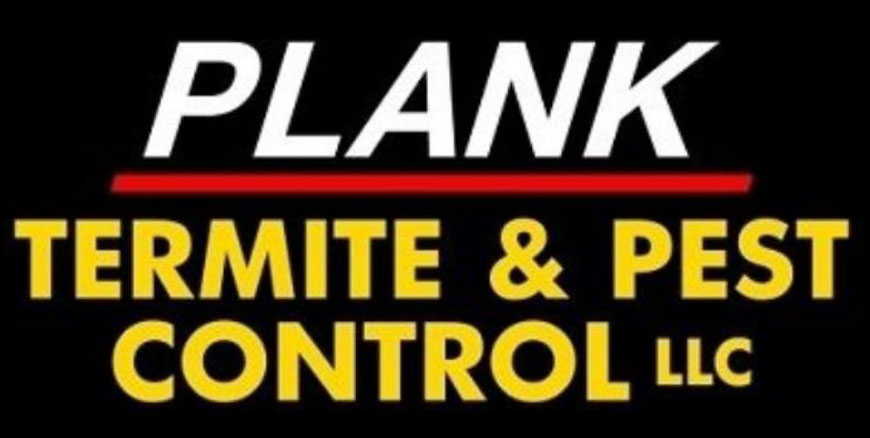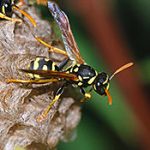Paper wasps are 1/4 to 1 inch (1.9 to 2.5 cm)-long wasps that gather fibers from dead wood and plant stems, which they mix with saliva, and use to construct water-resistant nests made of gray or brown papery material. Paper wasps are also sometimes called umbrella wasps, due to the distinctive design of their nests or other regional variants such as Trinidad & Tobago’s use of Jack Spaniard.
The nests of most true paper wasps are characterized by having open combs with cells for brood rearing, and a petiole, or constricted stalk, that anchors the nest. Paper wasps secrete a chemical which repels ants, which they spread around the base of the anchor to prevent the loss of eggs or brood.
Unlike yellowjackets and hornets, which can be very aggressive, polistine paper wasps will generally only attack if they themselves or their nest are threatened. Since their territoriality can lead to attacks on people, and because their stings are quite painful and can produce a potentially fatal anaphylactic reaction in some individuals, nests in human-inhabited areas may present an unacceptable hazard.
Most wasps are beneficial in their natural habitat, and are critically important in natural biocontrol. Paper wasps feed on nectar, and other insects, including caterpillars, flies, and beetle larvae, and they are often considered to be beneficial by gardeners.

